Fall ’25 Bare-Roots – Order Now
Fall ’25 Bare-Roots – Order Now
|


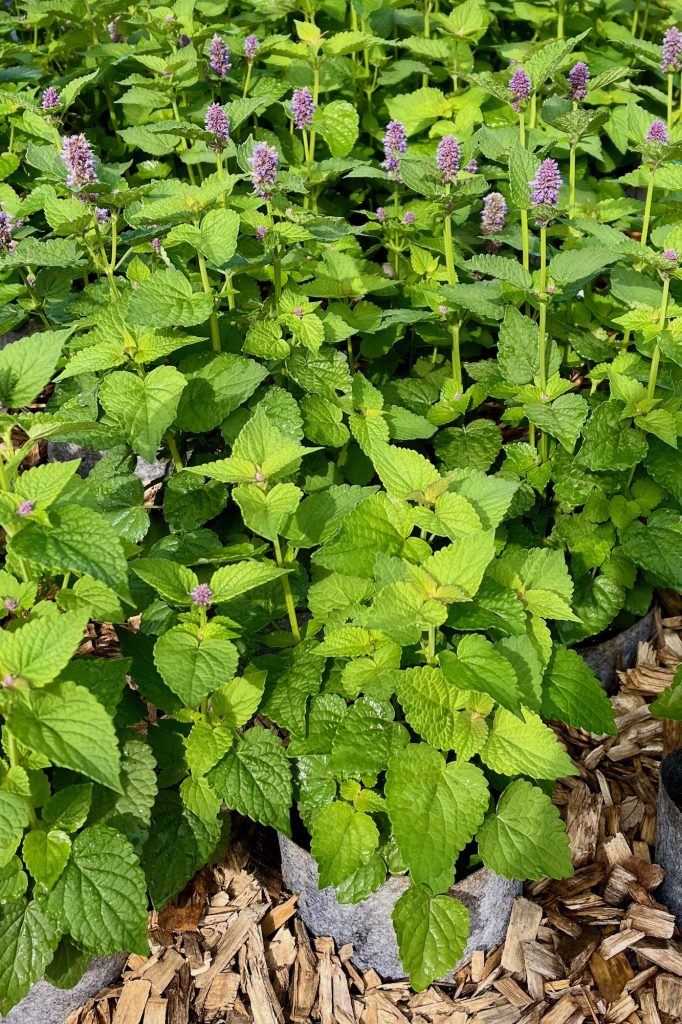
Did you ever wonder about all of the plastic pots we use to green the world around us? Not only are we creating a huge waste stream, but plastic nursery pots also harm the plants we spend so much time and money caring for. They unnecessarily constrict plant roots and expose them to wild moisture and temperature fluctuations. This inhibits healthy plant growth and successful transplantation. Root-prune pouches (see below) provide an alternative to this plastic menace by encouraging fibrous root growth and conditions for living soils that plants need to thrive.
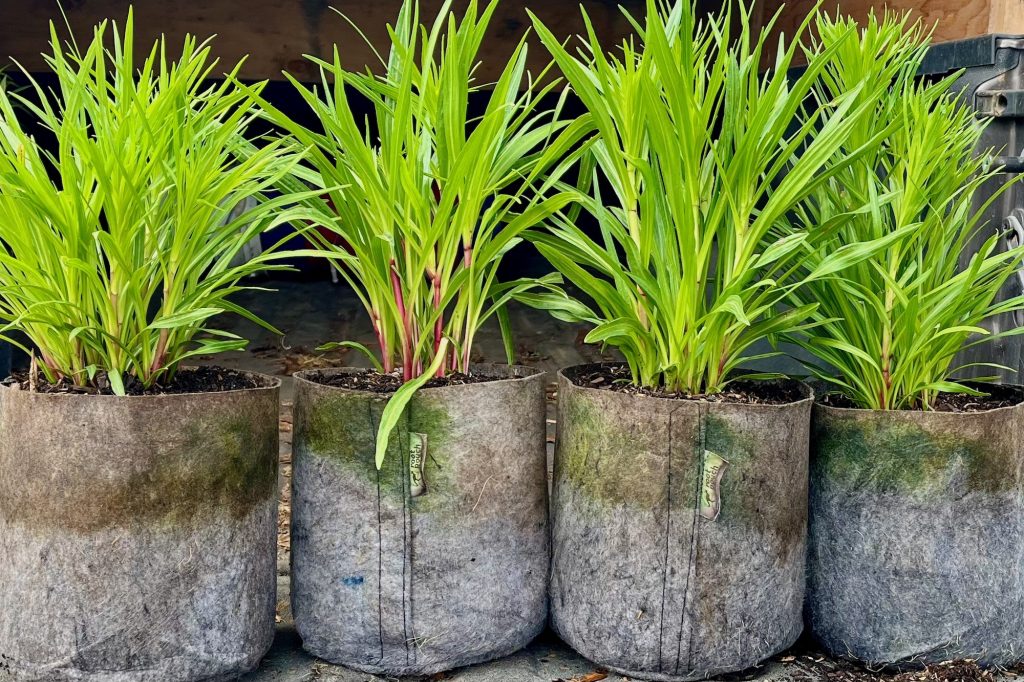
How do root-prune pots counter the negative effects of plastic pots and enhance plant health and vigor? The woven fibers form a durable container while allowing the roots to grow outward, gently pruning them as they grow through to the exterior of the pot. This discourages root spiraling, which stunts plant growth. The woven pouches also enable oxygen to reach the roots and promote a healthier soil environment so plants can access the water and nutrients they need.
The soil medium inside the pot is also essential to growing vigorous plants. We use a peat-free mix that includes worm castings, coco coir, pine bark fines, and rice hulls. We amend this OMRI-certified potting mix with our homemade biochar compost. Finally, we utilize organic and biodynamic practices in our nursery. This means no synthetic fertilizers pesticides, herbicides, or neonicotinoids, a systemic toxic pesticide commonly used in commercial nurseries.
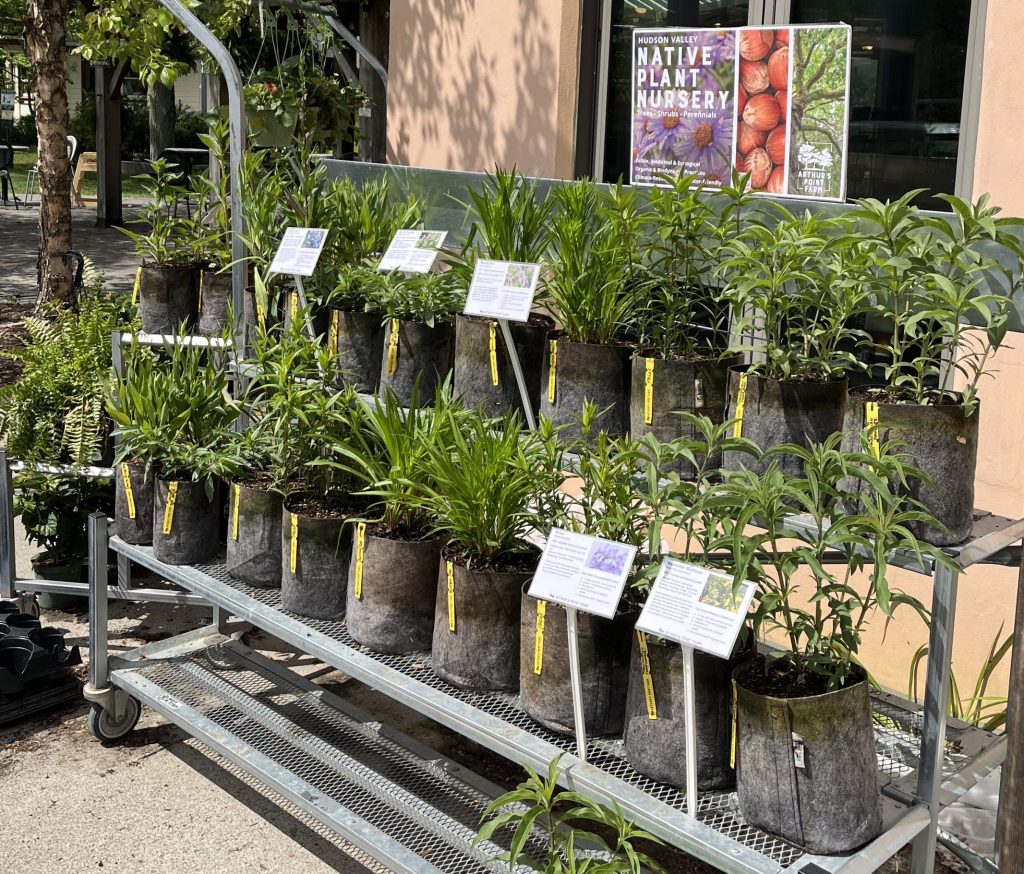
We love bare-roots for their simplicity, efficiency, and the healthy trees they mature into. It’s ideally the way things should be planted – dormant young saplings with strong roots taken directly from the earth and placed directly back into the earth. Bare-roots are a cost-effective way to plant a lot of trees; they can be stored easily and shipped across vast distances.

However, often bare-roots simply aren’t a good option. Like if you need to plant during the growing season as many of us love to do (bare-roots need to be transplanted when dormant in late fall and early spring). Or if you’re looking to plant a larger, more established tree or perennial wildflower. For these obvious reasons, potted plants provide flexibility for nurseries and the customers they serve.
But the convenience of potted plants can come with some clear costs and tradeoffs. Pots, soil, maintenance and transport all add significant costs over a bare-root product. As mentioned above, plastic pots can restrict healthy root growth and create wide temperature and moisture fluctuations that stress plants. Most potted plants also include significant amounts of synthetic fertilizer and peat, both of which contribute to climate change.
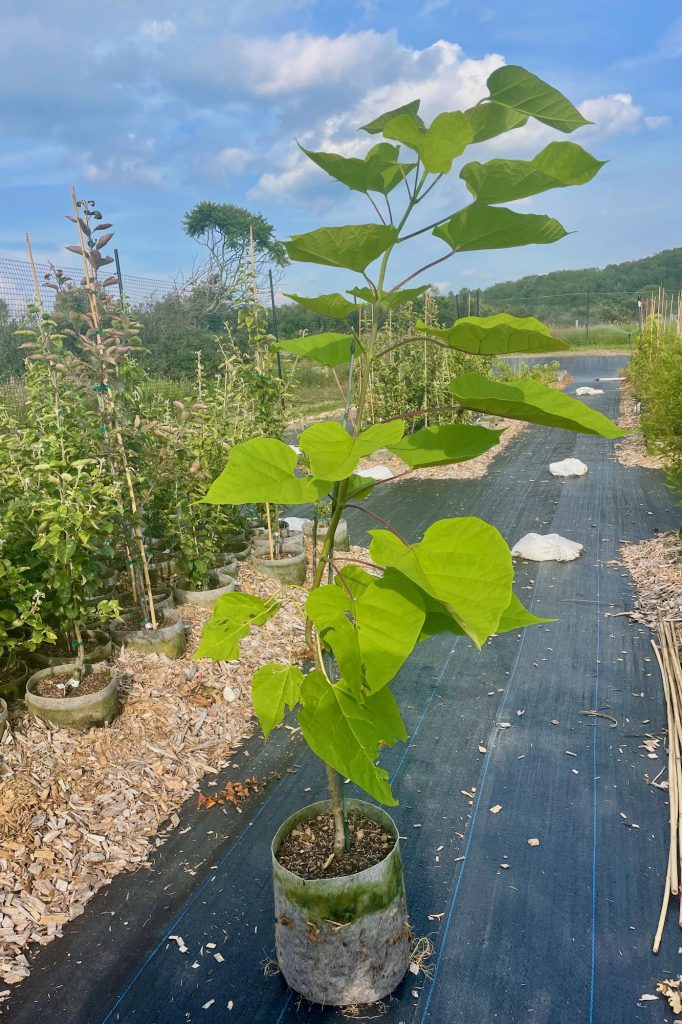


The ubiquitous plastic nursery pot creates a tremendous amount of waste that offsets some of the benefits of what we’re planting. The U.S. plant nursery industry uses 4 billion containers a year, consuming more than 1.6 billion pounds of plastic. Most of these plastic pots are not recyclable. Global plastic production, over 90% of which is derived from virgin petroleum feedstock, accounts for about six percent of global oil consumption, about as much the global aviation sector. The root-prune pouches we use are made out of natural fibers and recycled water bottles, reducing the use of virgin plastics.
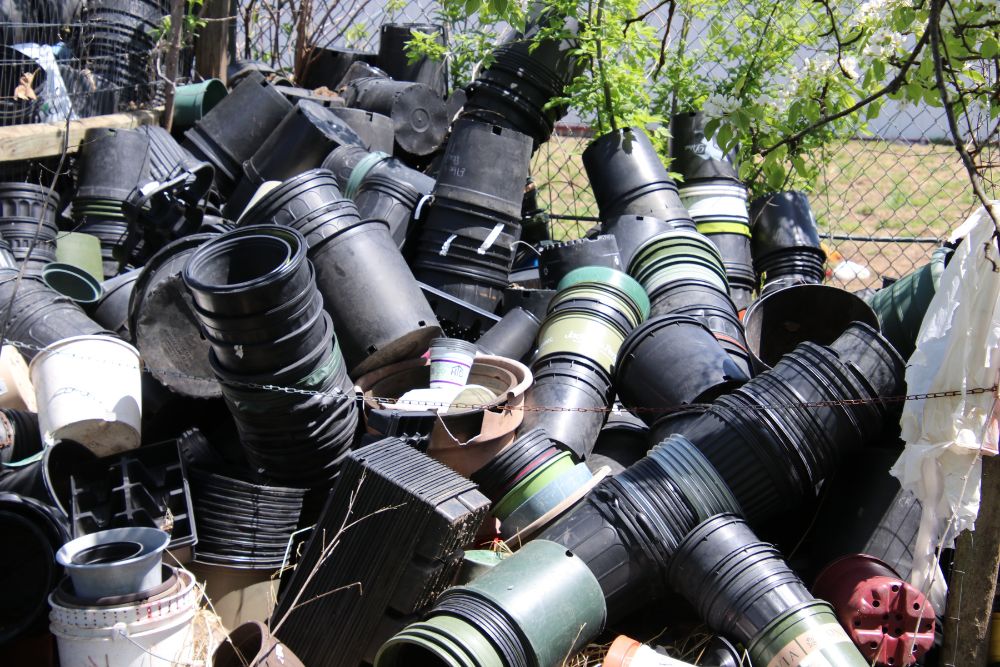
We’re often asked, can you plant these pouches right into the ground? No, their durability means they won’t decompose quickly, so they must be removed before you plant.
Check out our video to learn how to plant from fabric root-prune pouches.